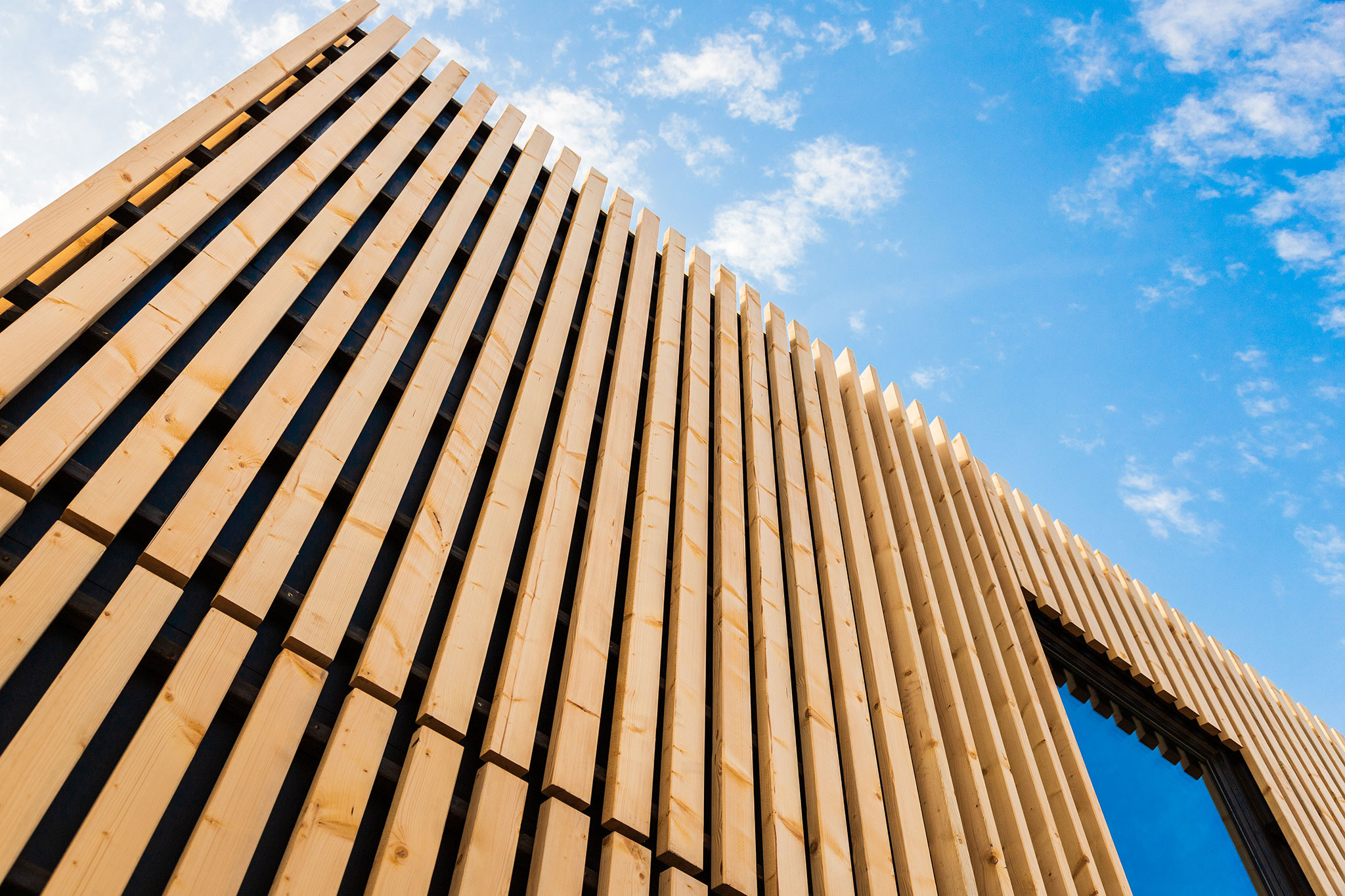Durability of construction with wood
Durability of construction with wood
The durability of a timber construction can be high. There are examples of wooden churches (Stavkirke churches in Norway) which are hundreds of years old, and we have various examples in our historical heritage proving that construction with wood can be durable (Pombaline anti-seismic construction, flooring, etc.). However, poor examples also proliferate, where the durability of the timber construction has not been properly ensured. But these cases arise from errors – in their design, project, in the selection of materials or in the actual construction. In all truth, lack of technical know-how fosters the multiplication of these errors. Nevertheless, they are errors and should not be perceived as a lower durability of construction with wood.
Generally speaking, the durability of timber constructions is related to two aspects: i) the natural durability of the wood species; and ii) the construction details.
The natural durability of a species represents the level of defence offered by that species to agents of degradation, without any treatment. It is well-known that some wood species are more durable than others in particular applications. It is our task to examine the natural durability of the wood species in the context of the level of aggression (degradation) represented by the application, the construction work. This process has been properly standardised; therefore, there is no reason whatsoever for it not to be done in an informed and technically substantiated manner. European Standard EN 350 defines the natural durability of the wood species most used in construction and European Standard EN 335 defines the risk classes (level of aggression) associated with each type of construction.
If the natural durability of the species is not adequate (sufficient) for the risk class (biological risk) corresponding to the application, then the wood must be treated. The level of depth of the necessary treatment is defined according to the risk class. However, not all wood species can be treated, or allow the same level of treatment (depth of penetration of the preservative product). Hence, the selection of the wood species to be used must be analysed carefully, also taking into account the durability of the construction and its surroundings (risk class).
From another angle, the durability of a timber construction is greatly associated with the construction details. The detailing should boost the ventilation of the wood and prevent accumulation of water. The design should seek to reduce direct the wood’s contact, in particular on its longitudinal direction (this is the direction along which the fibres are aligned, so as to facilitate the transport of water inside the fibres in this direction) with all possible water sources.
Thus, design is thus extremely important. It should be noted that it is possible to design a timber construction that has members, or substructures, with distinct levels of durability, designed for different levels of aggression and which, as a consequence, may/should have specific maintenance plans. For example, an exterior coating could be materialised by a wood species with a superior natural durability, where this coating protects members with an inferior natural durability. The natural durability of the superior coating may be strengthened by applying a preservative product suitable for the risk class in question, and may be associated with a maintenance plan that permits this level of protection for a longer period of useful life of the construction.
